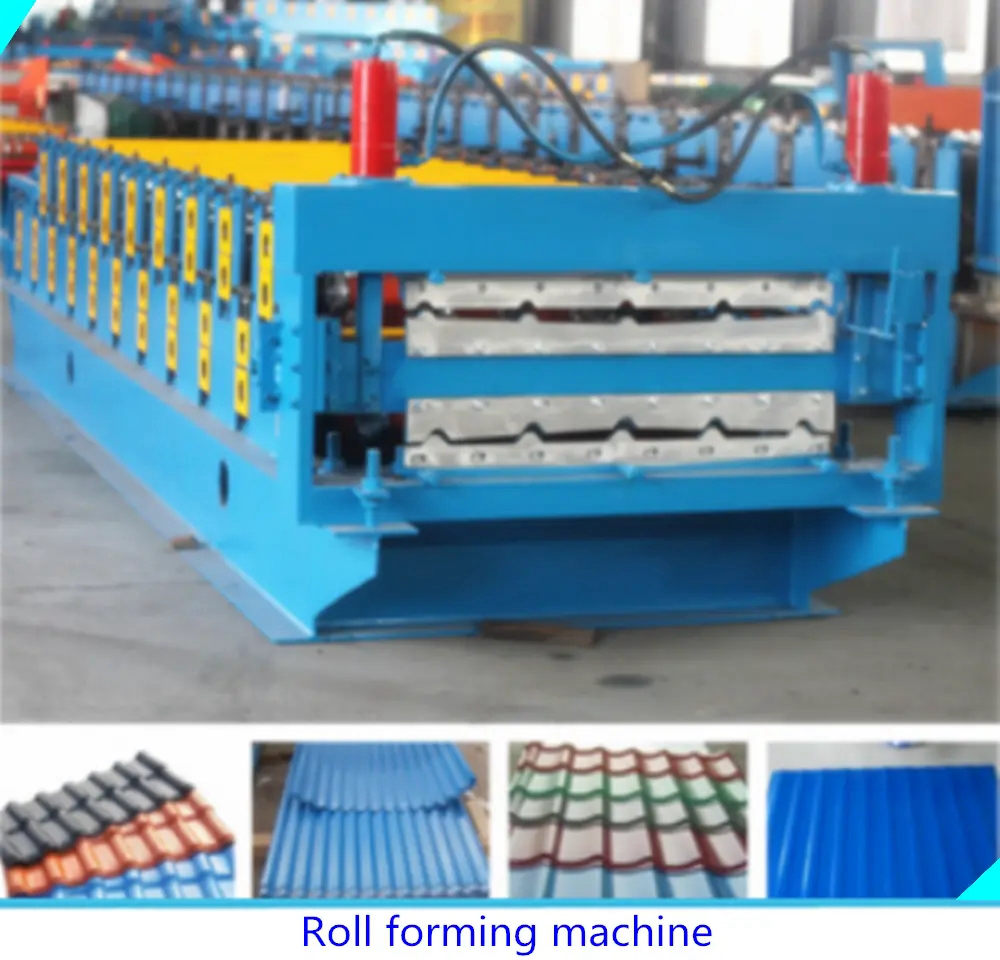
Understanding the Round Downspout Machine An Essential Tool for Gutter Systems
In today's construction and home improvement industries, the need for precision and efficiency has never been greater. One of the pivotal components of a well-functioning drainage system is the downspout, which directs rainwater away from structures, protecting foundations and landscaping. A round downspout machine, therefore, plays a critical role in the fabrication and installation of these essential components.
What is a Round Downspout Machine?
A round downspout machine is a specialized piece of equipment designed to fabricate round downspouts from various materials, predominantly metal such as aluminum or galvanized steel. This machine typically utilizes a process known as roll forming, which involves feeding a flat metal sheet through a series of rollers that gradually shape the material into the desired round profile. The equipment can produce different diameters and lengths of downspouts, allowing for customization based on specific project needs.
Importance of Round Downspouts
Round downspouts are favored in many applications due to their efficient flow capacity and aesthetic appeal. Unlike their square counterparts, round downspouts minimize surface area, reducing the potential for debris accumulation and ensuring better water flow during heavy rainfall. Additionally, they tend to blend more seamlessly with curved architectural features, making them a popular choice for modern and traditional designs alike.
Furthermore, round downspouts are less likely to suffer from rust and corrosion when constructed from high-quality materials, ensuring durability and longevity in various weather conditions.
Features of a Round Downspout Machine
1. Customization Capability One of the standout features of modern round downspout machines is their ability to produce custom sizes. Operators can adjust the machine settings to create different diameters and lengths, accommodating various installation requirements.

2. Speed and Efficiency These machines are designed for high production rates, enabling contractors to fabricate multiple downspouts within a short time frame. This efficiency not only reduces labor costs but also accelerates project timelines.
3. Integrated Cutting Systems Many machines come equipped with automated cutting systems, allowing for precision cutting to length. This feature reduces material waste and ensures that each downspout is cut to exact specifications.
4. Ease of Use Advanced round downspout machines often incorporate user-friendly interfaces, making them accessible to operators with varying levels of experience. With the push of a button, users can initiate production, monitor the machine's performance, and make adjustments as needed.
5. Durable Construction Since downspouts are exposed to the elements, the round downspout machines themselves are built to last. Durable materials and protective coatings are often used in their construction to withstand wear and tear over time.
The Economic Impact
Investing in a round downspout machine can significantly benefit businesses in the gutter and roofing industries. By enabling in-house fabrication, companies can save on material costs, reduce lead times, and have greater control over quality. Moreover, being able to respond swiftly to client needs can improve customer satisfaction and lead to repeat business.
Additionally, as environmental concerns continue to rise, more homeowners are seeking sustainable solutions. Round downspouts made from recyclable materials align with this trend, further enhancing the appeal of investing in advanced fabrication machinery.
Conclusion
In conclusion, the round downspout machine is an invaluable asset for contractors and businesses involved in the construction and home improvement sectors. Its ability to produce high-quality, custom downspouts quickly and efficiently can lead to cost savings, improved project outcomes, and enhanced customer satisfaction. As the industry evolves, embracing modern tools like the round downspout machine will be crucial for those looking to stay competitive and meet the growing demands of their clientele. Whether for residential or commercial projects, understanding and utilizing this technology can make a significant difference in the effectiveness and durability of drainage systems across various landscapes.